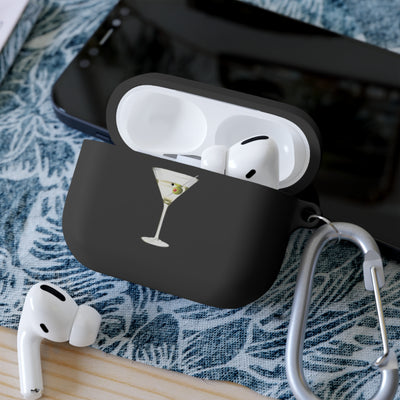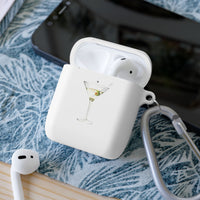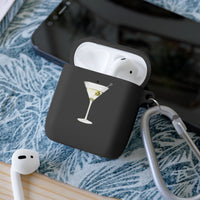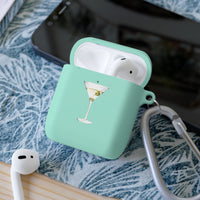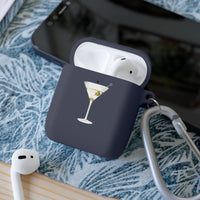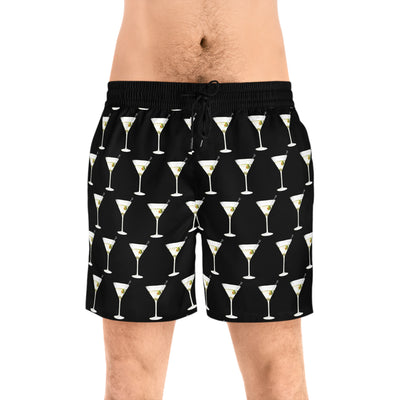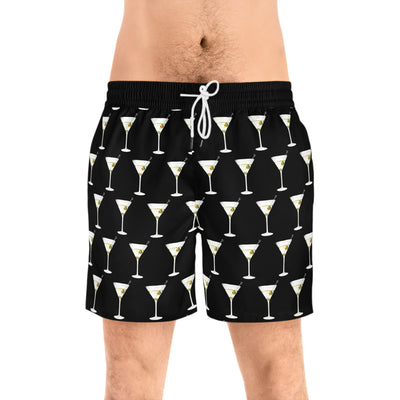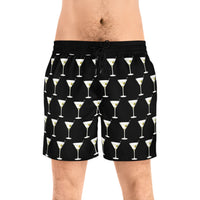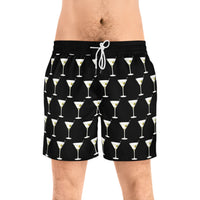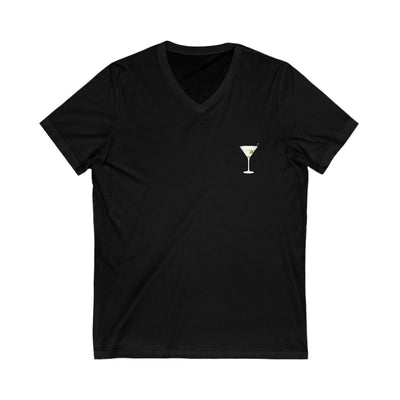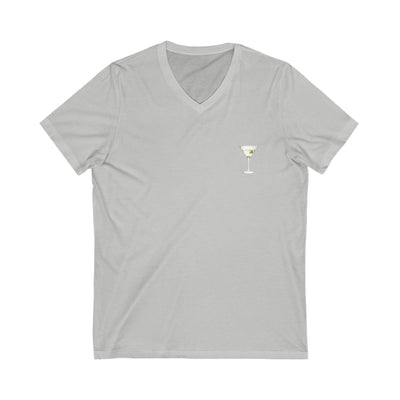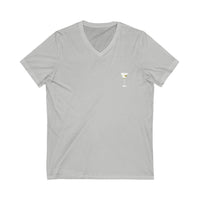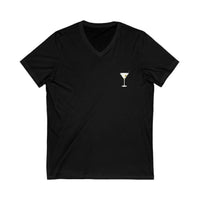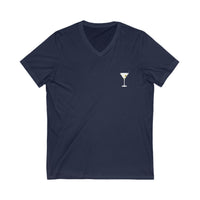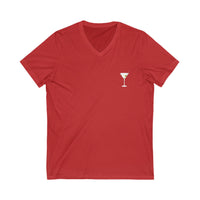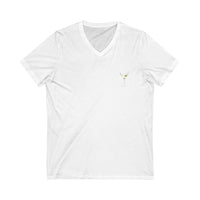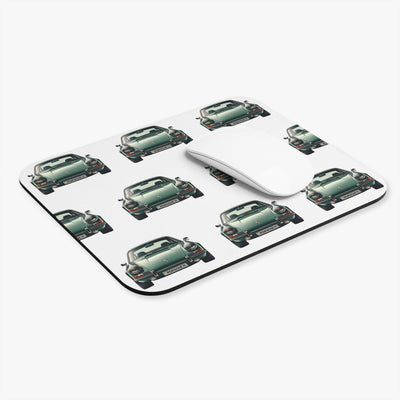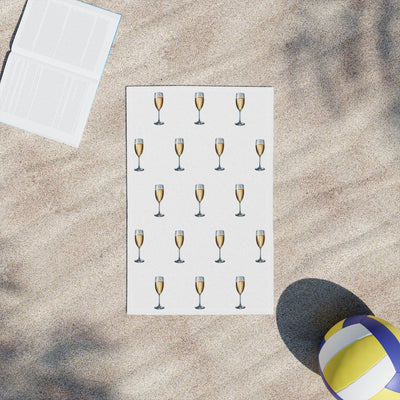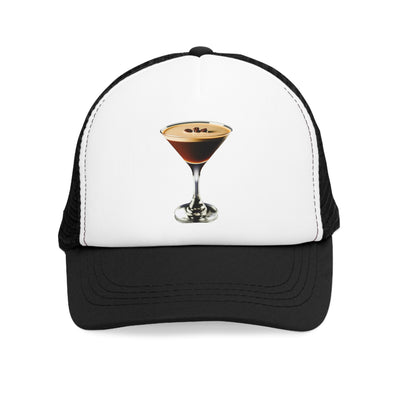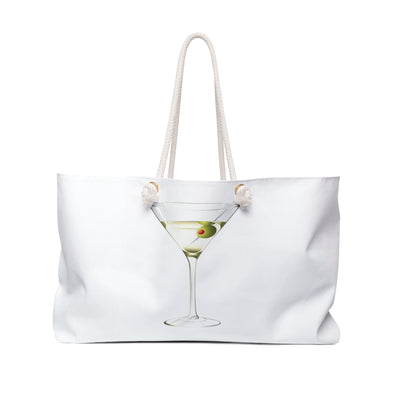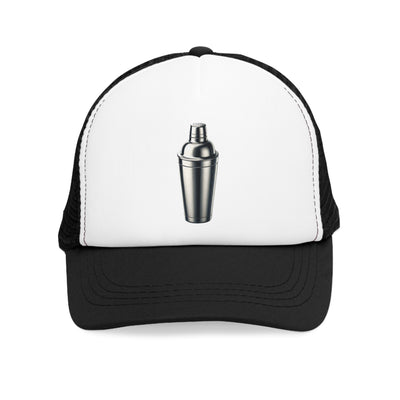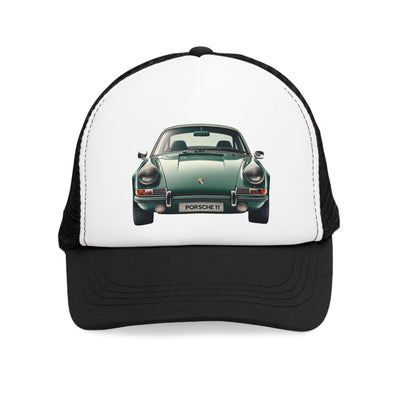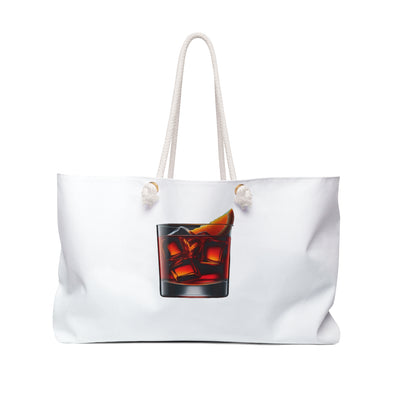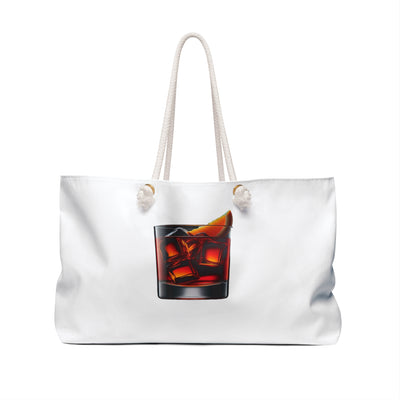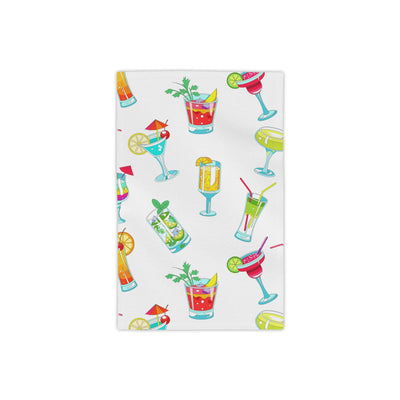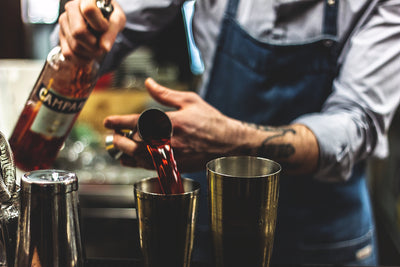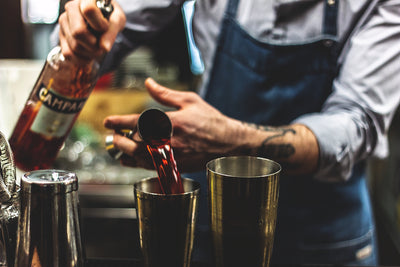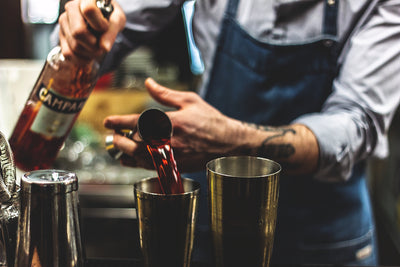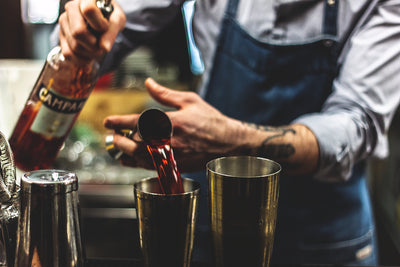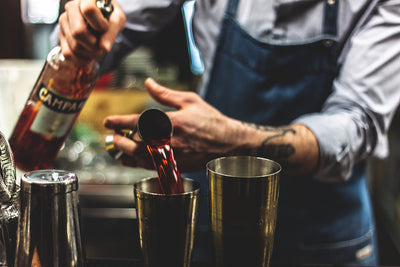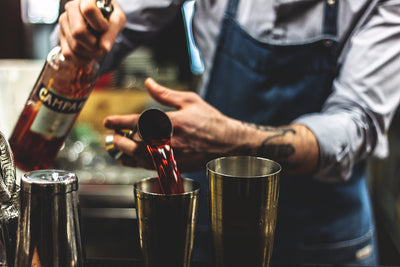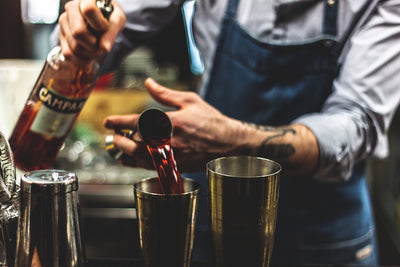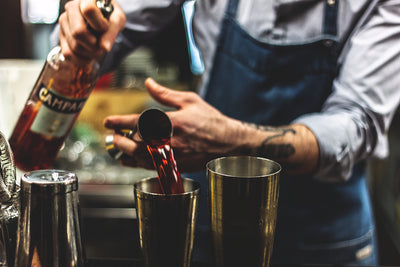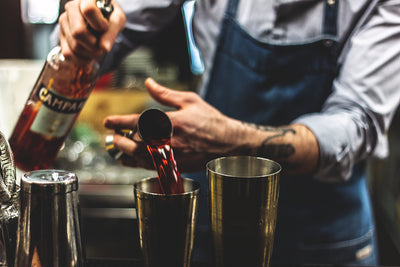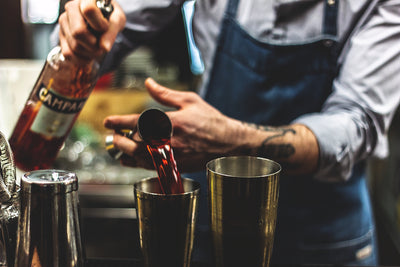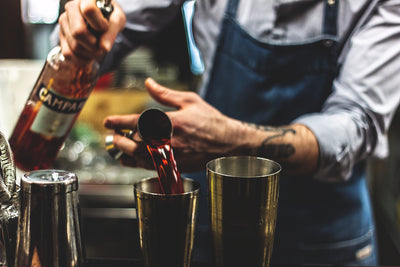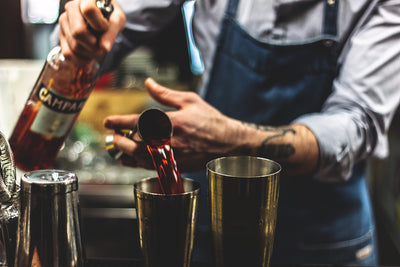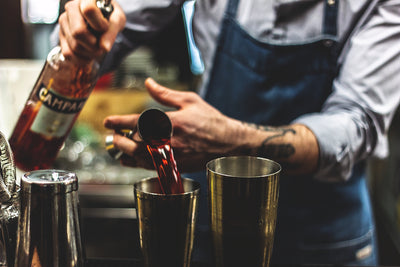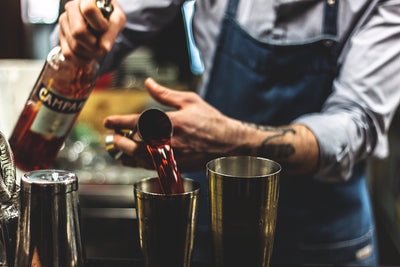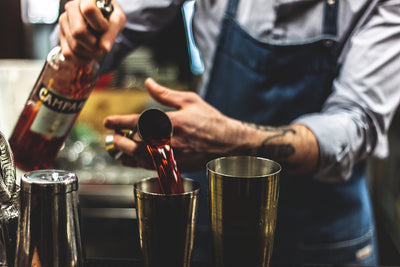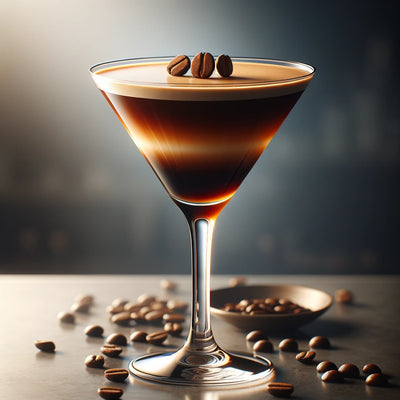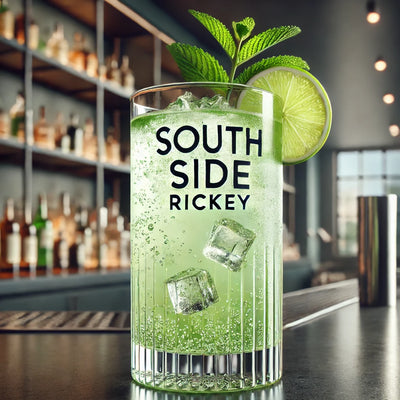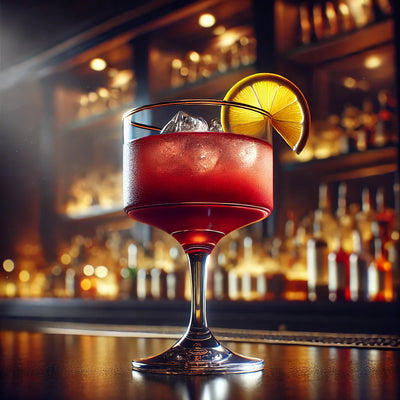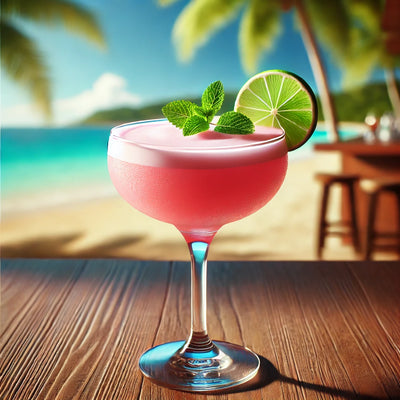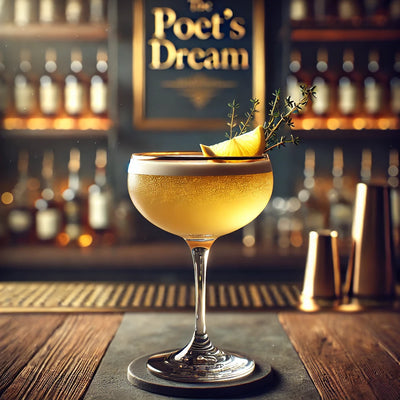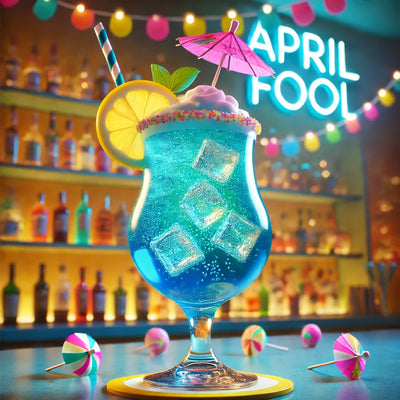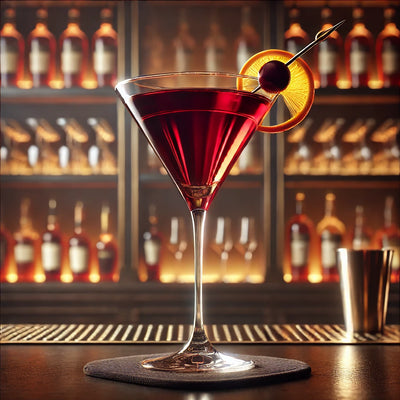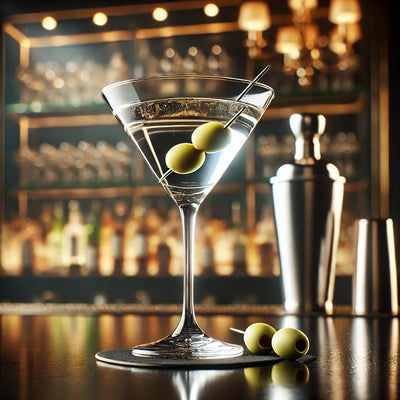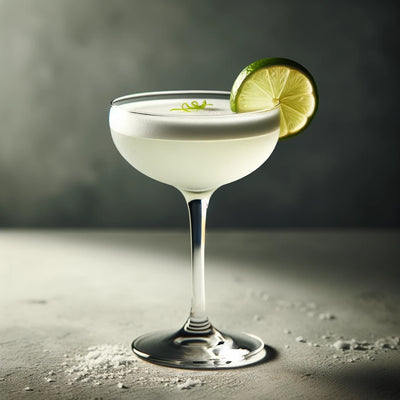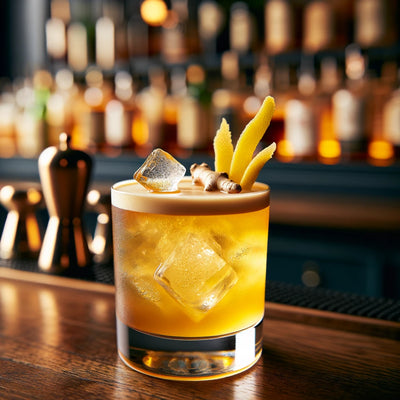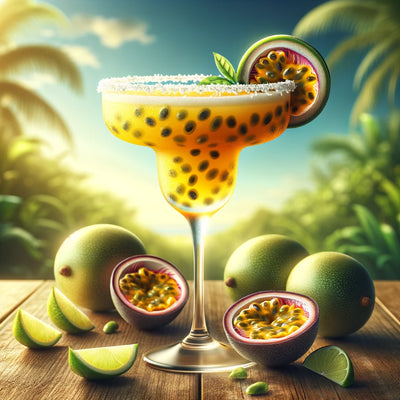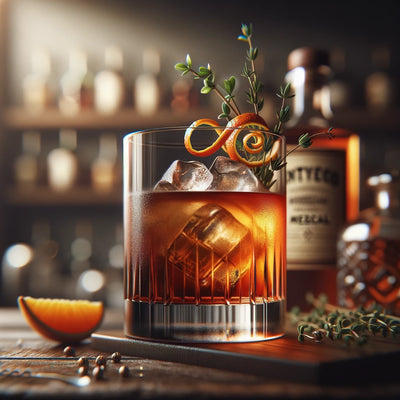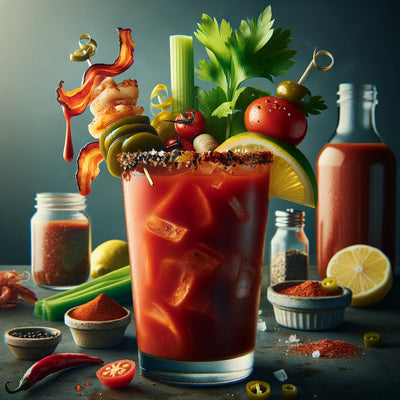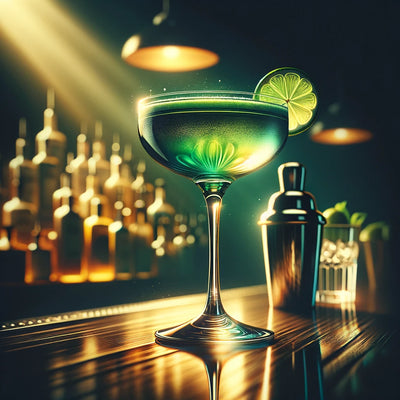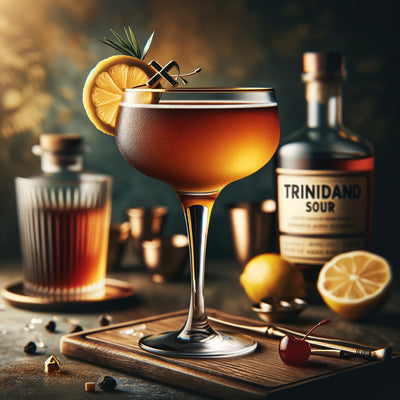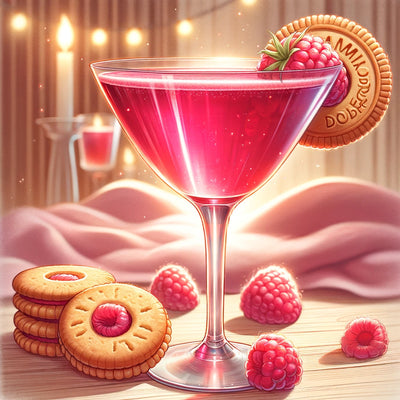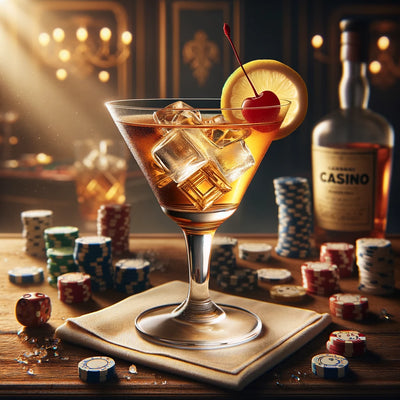- How To Layer Cocktails?, popular layered cocktails?
- Mr Negroni
How To Layer Cocktails?
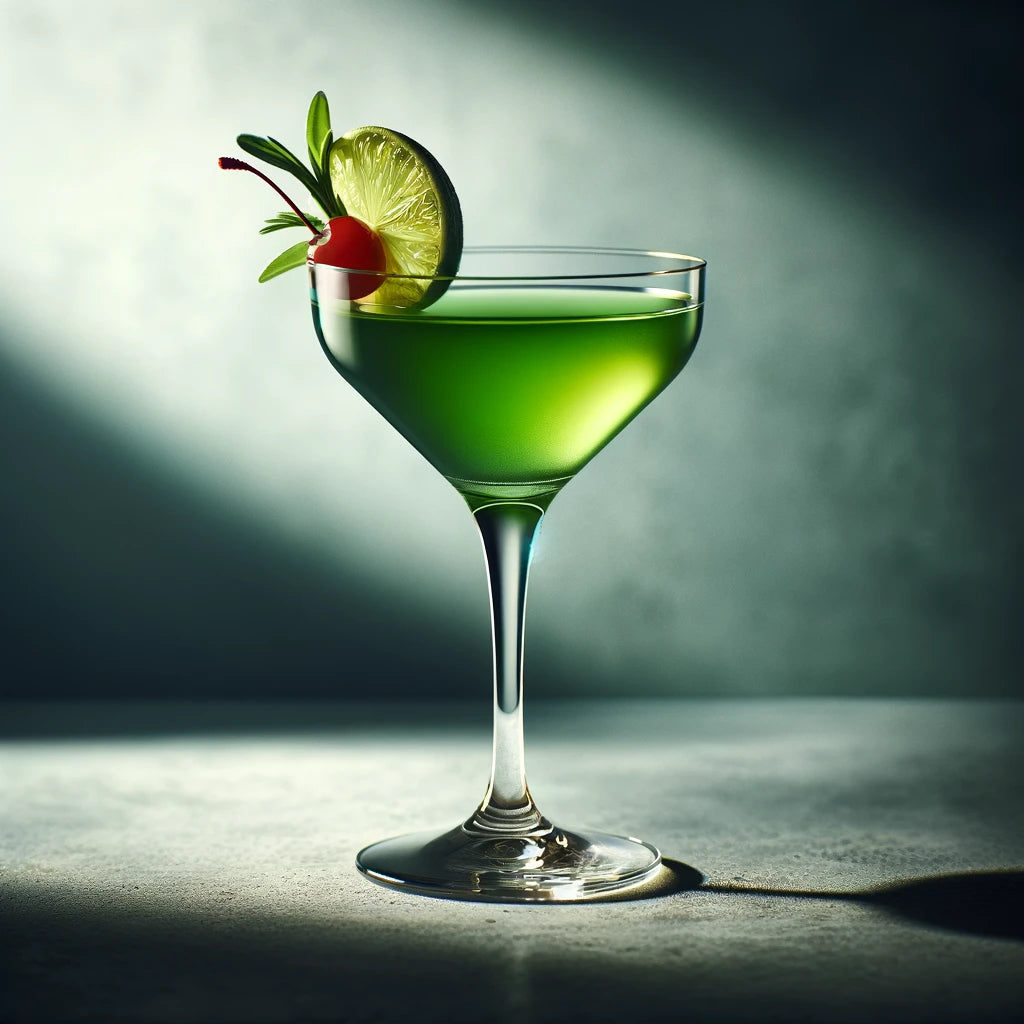
Mastering the Art of Layering Cocktails: A Step-by-Step Guide
Layering cocktails is a mixology technique that transforms ordinary drinks into visually stunning creations, showcasing distinct layers of colors and flavors. Learning how to layer cocktails not only elevates the presentation of your drinks but also enhances the overall drinking experience, allowing the drinker to taste individual components one by one or mixed together. This detailed guide will walk you through the fundamentals of how to layer cocktails, including the science behind it, essential tips, and techniques for perfecting this art.
Understanding the Science of Layering
The key to successful layering lies in understanding the specific gravity of liquids, which is determined by their sugar content and alcohol percentage. Liquids with higher sugar content or higher alcohol content are denser and will sink to the bottom, while those with lower densities float on top. By carefully pouring ingredients according to their densities, you can achieve distinct layers.
Tools You'll Need
- Spoon: A bar spoon or the back of a regular spoon is essential for gently pouring ingredients to achieve clear layers.
- Pourers: Speed pourers can help control the flow of liquid, making it easier to layer.
- Jigger: Use a jigger for accurate measurements, ensuring consistency in your cocktails.
Step-by-Step Guide to Layering Cocktails
-
Choose Your Ingredients Wisely: Select ingredients with varying densities. Use a density chart for alcoholic beverages as a reference to plan your layers.
-
Prepare Your Glass: Chill the glass beforehand to help stabilize the layers.
-
Start with the Heaviest Layer: Pour the densest liquid first, using it as the foundation. This is often a syrup or a liqueur with a high sugar content.
-
Layer Using a Spoon: Place a spoon upside down over the glass, touching the side. Slowly pour the next layer over the back of the spoon. The spoon diffuses the impact, allowing the liquid to gently float on top of the previous layer.
-
Repeat for Additional Layers: Continue adding layers, from heaviest to lightest, using the spoon technique for each new addition.
-
Practice Patience: Pour slowly and steadily to maintain clear separation between layers.
Tips for Perfect Layers
- Temperature Matters: Use room temperature or chilled ingredients for better control.
- Adjust Pouring Height: Pouring from a greater height can disrupt layers, while pouring too closely might not allow the liquid to spread evenly.
- Experiment and Adjust: Not all ingredients behave predictably. Be prepared to adjust your technique based on the specific liquors and mixers you're using.
Popular Layered Cocktails
- Pousse Café: A classic example of a layered cocktail, traditionally served as an after-dinner drink.
- B-52: A popular shooter that layers Kahlua, Baileys Irish Cream, and Grand Marnier.
- Tequila Sunrise: Though not layered in the traditional sense, it creates a beautiful gradient effect with grenadine, orange juice, and tequila.
Conclusion
Learning how to layer cocktails is a rewarding skill that adds depth and sophistication to your mixology. Whether you're crafting a visually stunning Pousse Café or a simple Tequila Sunrise, the technique of layering can turn an ordinary cocktail into an extraordinary experience. With practice and patience, you'll be able to impress your guests and elevate your cocktail game to new heights.
Frequently asked questions about layering cocktails
Question: What are some popular layered cocktails?
Answer: Layered cocktails, known for their visually striking appearance with distinct layers of colors and flavors, are a testament to the art of mixology. Here are some popular layered cocktails that not only look impressive but also offer a range of flavors:
-
Pousse Café: Perhaps the classic example of a layered cocktail, the Pousse Café is made with various liqueurs carefully poured into a glass to create distinct layers. The specific liqueurs can vary, but they are chosen for their differing densities to ensure they remain separate.
-
B-52: A popular shooter cocktail that is carefully layered with coffee liqueur (usually Kahlúa), Irish cream (such as Baileys), and Grand Marnier. When served in a shot glass, these ingredients create a visually appealing layer effect.
-
Tequila Sunrise: While not layered in the traditional sense, the Tequila Sunrise demonstrates a beautiful gradation of color. Made with tequila, orange juice, and grenadine syrup, the grenadine is added last and slowly sinks to the bottom, creating a 'sunrise' effect.
-
Black and Tan: A beer cocktail made by layering a pale ale and a dark beer (often a stout or porter). The difference in density between the two beers allows them to remain distinct when poured correctly.
-
Rainbow Cocktail: As the name suggests, this cocktail features multiple layers, each a different color to mimic a rainbow. Ingredients vary, but it often includes liqueurs and syrups of varying densities and colors, such as grenadine, orange juice, blue curaçao, and violet liqueur.
-
Slippery Nipple: A simple layered shooter made with Sambuca and Irish cream. The heavier Sambuca forms the bottom layer, with the Irish cream floated on top.
-
Jellyfish: An eye-catching shooter that combines layers of amaretto, white creme de cacao, Bailey's Irish Cream, and a drop of grenadine to create a 'jellyfish' effect in the glass.
-
Angel's Delight: A creamy cocktail made with grenadine, triple sec, gin, and cream. The grenadine is added to create a layered effect at the bottom of the glass.
-
Traffic Light: This cocktail is created by layering grenadine, orange juice, and green mint liqueur, representing the red, yellow, and green of a traffic light.
Creating layered cocktails requires patience and practice, typically using the back of a spoon to gently pour each layer over the previous one to prevent them from mixing. The result is not only a treat for the palate but also a feast for the eyes.
Question: what is a cocktail layering tool?
Answer: A cocktail layering tool, often referred to as a "layering spoon" or "cocktail layering spoon," is designed to help bartenders and enthusiasts create visually striking layered cocktails. This tool allows for the precise and gentle pouring of various liquid densities, resulting in distinct layers within a drink. Here's more about this essential bartending accessory:
Features and Design
- Long Handle: Most layering spoons come with a long handle, facilitating ease of reach into deep glasses or shakers.
- Spoon's Bowl: The spoon's bowl is typically shallow and may have a wide, flat shape or a slight curve. This design helps to disperse the liquid gently over the surface of the layer below, minimizing mixing.
- Material: They are usually made of stainless steel for durability and ease of cleaning, though other materials may also be used.
How to Use a Cocktail Layering Tool
- Pour the Heaviest Liquid First: Begin by pouring the densest (heaviest) liquid into the glass. This is typically a syrup or a liqueur with a high sugar content.
- Place the Layering Spoon: Position the layering spoon in the glass, just above the surface of the first layer. The back of the spoon should be facing up.
- Pour Slowly: Slowly pour the next layer over the back of the spoon. The spoon will disperse the flow of the liquid, allowing it to gently sit on top of the previous layer without mixing.
- Repeat: Continue with subsequent layers, adjusting the spoon's position as needed, to build your layered cocktail.
Alternative Methods
For those without a dedicated layering tool, a regular teaspoon can also be used with a similar technique. The key is to pour gently and use the spoon to diffuse the liquid being added.
Applications
Layering tools are not limited to alcoholic beverages; they can also be used in crafting non-alcoholic drinks, desserts, and even coffee-based drinks that feature layers.
Investing in a cocktail layering tool can elevate the presentation of your drinks, adding an element of sophistication and visual appeal that is sure to impress guests. Whether you're a professional bartender or a home cocktail enthusiast, mastering the art of layering with the right tool can make all the difference.
